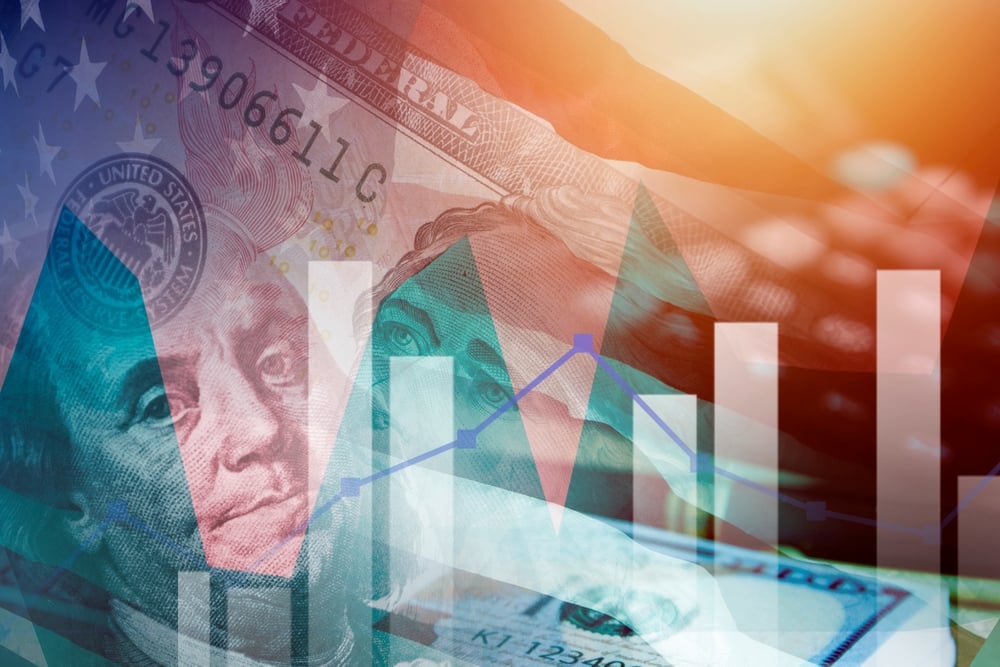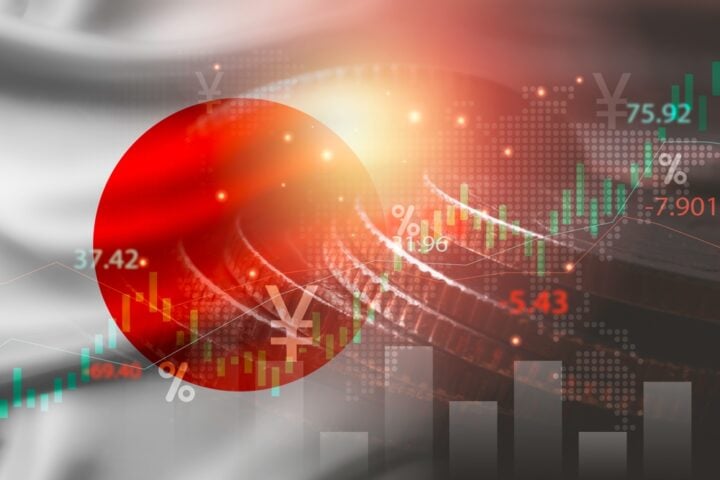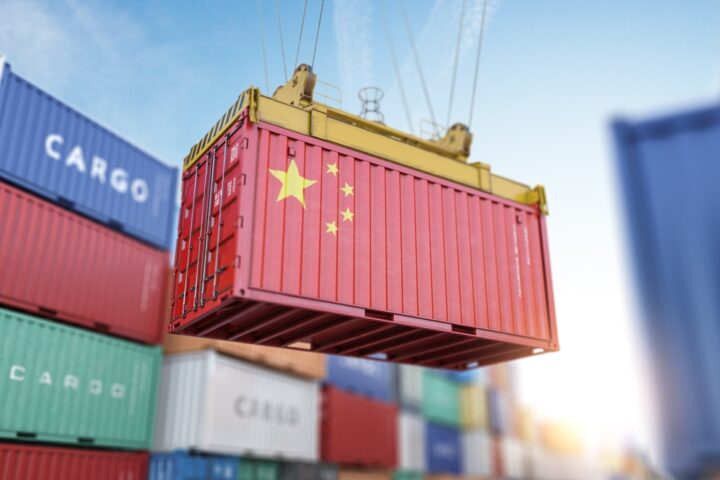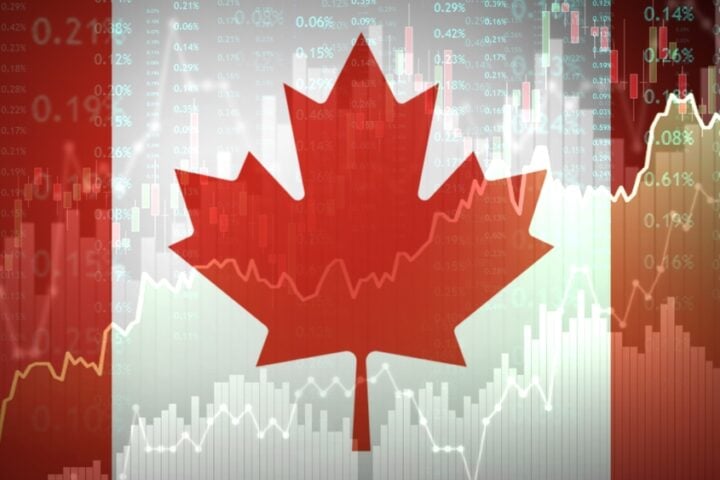Global recession risks have emerged as a major concern in financial markets, but the economic data and key indicators suggest a more nuanced situation than it may appear at first glance. A 90-day pause on reciprocal tariffs, announced by President Donald Trump in April, has helped alleviate some of the worst fears in the market. However, the overall impact on business and consumer confidence is expected to hurt growth in the near term.
1. Hard vs Soft Economic Data
The disconnect between soft economic indicators, like sentiment measures, and hard data, such as jobs figures, makes it difficult to assess recession risks. Recent U.S. jobs numbers indicate a resilient economy, while a first-quarter contraction in the U.S. and growth in the eurozone have been attributed to businesses preparing for the tariffs. However, consumer confidence indicators have worsened, suggesting weaker growth ahead. In April, U.S. consumer confidence fell to its lowest level in almost five years. In contrast, a eurozone investor morale index has improved slightly but remains in negative territory.
2. Growth Forecasts Cut Amid Tariffs
Economists have slashed growth forecasts due to escalating trade tensions. Barclays predicts a meaningful global slowdown, including mild recessions in the U.S. and eurozone. A recession is still not a certainty, however. If the U.S. can secure trade deals or implement tax cuts, the risks could decrease. Additionally, lower rates and fiscal stimulus are expected to support the eurozone economy, preventing a deeper recession. Bank of America economist Ruben Segura-Cayuela notes that a recovery in consumer spending, driven by higher wages and more dovish central banks, could mitigate the risks.
3. Commodity Market Signals a Slowdown
Commodity markets indicate a sharp slowdown in global growth. Oil prices have fallen about 16% this year to around $60 a barrel, which could mark the worst year for crude since the 2020 COVID crisis. While OPEC’s increased supply contributes to this drop, weaker demand in global markets is also a key factor. Copper, a traditional indicator of economic health, has recovered slightly but remains below its peak from earlier in the year. Analysts at Citi expect copper consumption to slow further due to U.S. tariffs, particularly the 145% tariff on Chinese imports.
4. Bond Markets and the Recession Outlook
Government bond markets reflect concerns about a U.S. slowdown, but they don’t yet signal a heightened recession risk. Markets expect central banks to act swiftly, with traders anticipating rate cuts. China’s central bank cut rates on Wednesday, while traders have increased their bets on European Central Bank rate cuts. In the U.S., markets expect around 80 basis points of cuts by December. While bond yields have been volatile, the curve remains positive, indicating that markets do not expect a deep recession in the short term.
5. Stock Market Recovery Amid Uncertainty
Stock markets have rebounded, suggesting that recession fears have eased. German shares are near record highs, and major indices in New York and Tokyo have surged by more than 15% since last month. However, earnings reports should be closely watched. Several companies, including Electrolux, Volvo Cars, and Diageo, have slashed their outlooks, citing uncertainty due to tariffs. General Motors withdrew its full-year forecast, even as it reported strong results. As Zurich’s Guy Miller notes, Q1 was likely the last quarter unaffected by tariffs, so investors should factor this uncertainty into valuations.







